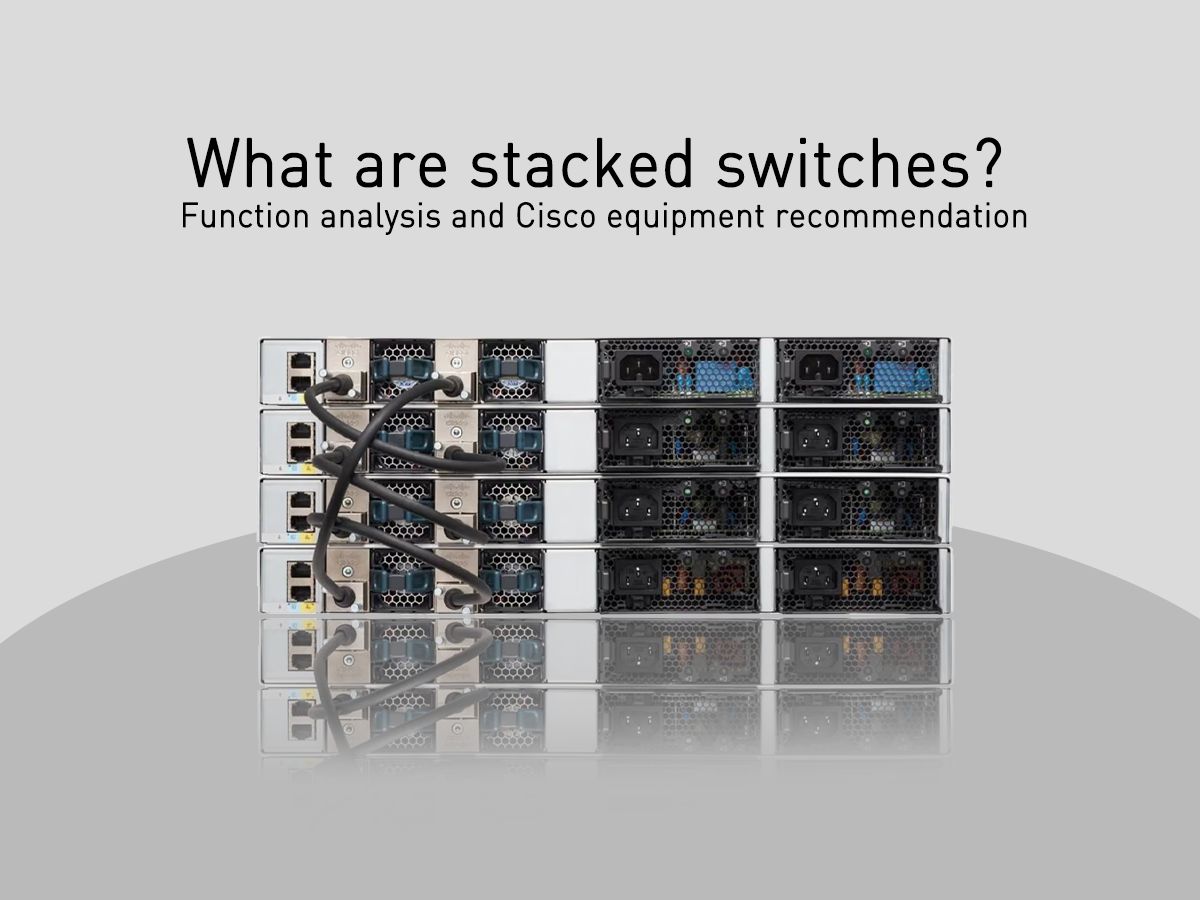














In enterprises and data centers, the choice of optical modules not only determines the speed of data transmission but also affects future network expansion. Common types of optical modules on the market include SFP, SFP+, QSFP, QSFP+, and QSFP28. Although they may look similar, they have significant functional differences.

SFP (Small Form-factor Pluggable) was introduced in 2001 as a compact, hot-pluggable transceiver widely used in telecommunications and data communication. It supports transmission rates from 100Mbps to 1Gbps, meeting basic network requirements. The main advantage of SFP modules is their flexibility, as they can be used with both single-mode and multimode fibers.
Key Features of SFP:
SFP+, introduced in 2006, is an upgrade to SFP. Although similar in size and appearance to SFP, it supports much higher rates, up to 10Gbps. SFP+ is the primary choice for high-speed networks, especially for applications requiring higher data bandwidth.
Key Features of SFP+:
QSFP (Quad Small Form-factor Pluggable) was introduced in 2010 as a multi-channel transceiver with four independent transmit and receive channels. It supports a maximum transmission rate of 4x1Gbps, suitable for networks requiring higher bandwidth, such as 40G Ethernet and high-performance computing environments. QSFP modules support parallel transmission, significantly enhancing network transmission efficiency.
Key Features of QSFP+:
QSFP28, introduced in 2014, was designed to meet the demands of 100G Ethernet. It is the latest version of the QSFP series, with each channel supporting 25 Gbps, achieving a total transmission rate of 100 Gbps. Compared to QSFP+, QSFP28 offers higher bandwidth, making it the ideal choice for 100G Ethernet.
Key Features of QSFP28:
Data Comparison Table:
| Model | SFP | SFP+ | QSFP | QSFP+ | QSFP28 |
|---|---|---|---|---|---|
| Data Rate | 1 Gbps | 10 Gbps | 4×1 Gbps (4 channels) | 4×10 Gbps (40 Gbps) | 4×25 Gbps (100 Gbps) |
| Protocols | Ethernet, Fibre Channel, SONET/SDH | Ethernet, Fibre Channel | Ethernet, InfiniBand | Ethernet, InfiniBand | Ethernet, InfiniBand |
| Wavelength | 850nm (MMF), 1310nm (SMF), 1550nm (SMF) | 850nm (MMF), 1310nm (SMF), 1550nm (SMF) | 850nm (MMF), 1310nm (SMF) | 850nm (MMF), 1310nm (SMF), 1550nm (SMF) | 850nm (MMF), 1310nm (SMF) |
| Fiber Type | MMF, SMF | MMF, SMF | MMF, SMF | MMF, SMF | MMF, SMF |
| Interface | LC | LC | MPO/MTP | MPO/MTP | MPO/MTP |
| Max Distance | 160KM | 120KM | 10km | 40KM | 80KM |
| Operating Temperature | 0°C to 70°C (Commercial) | 0°C to 70°C (Commercial) | 0°C to 70°C (Commercial) | 0°C to 70°C (Commercial) | 0°C to 70°C (Commercial) |
| Size | Small, hot-pluggable | Small, hot-pluggable | Larger, hot-pluggable | Larger, hot-pluggable | Larger, hot-pluggable |
| Cost | Low | Medium | High | High | Highest |
When selecting the appropriate transceiver module, consider the following factors:
SFP, SFP+, QSFP, QSFP+, and QSFP28 each have their specific application scenarios and advantages. Choosing the right transceiver module according to actual needs can ensure the efficiency, stability, and scalability of the network. With the continuous growth of data traffic and the increasing demand for high-speed networks, QSFP+ and QSFP28 are gradually becoming the mainstream choices in modern data centers and cloud computing environments.
If you are still unsure about how to choose these module transceivers, it is recommended to contact our professional customer service. They are all professional engineers with more than 3 years of experience in the field and will help you select the most suitable module transceiver based on your actual situation.




